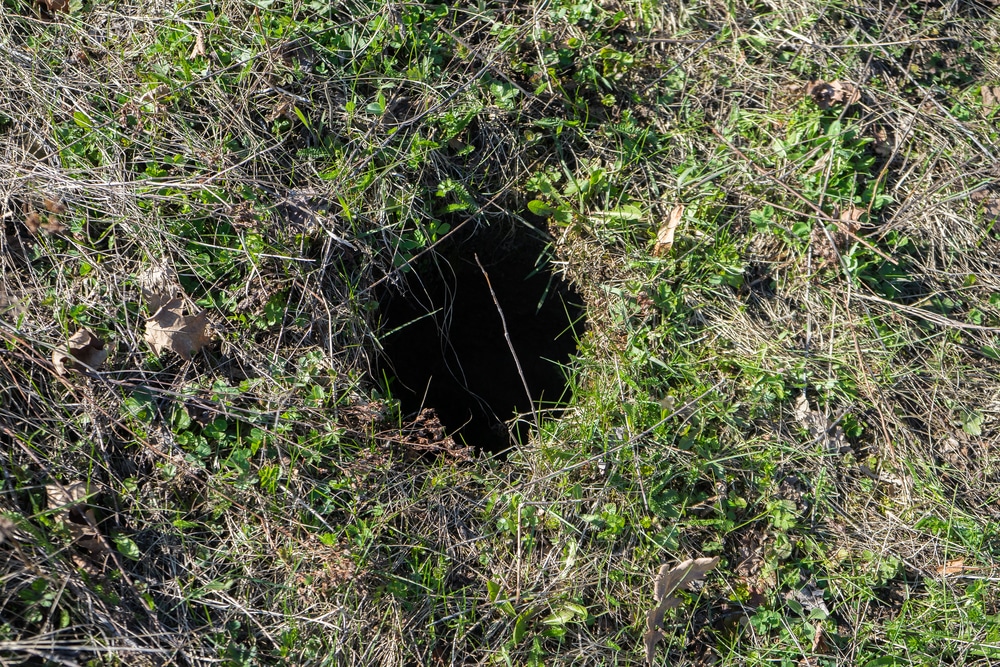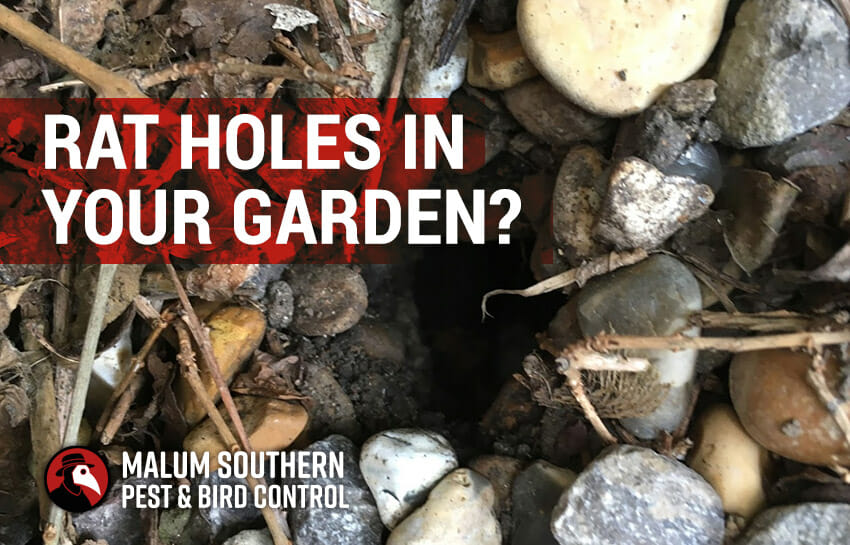To fill rat holes in your garden, use fine-grained soil mixed with water and compact it into the hole. Rat holes in your garden can be a nuisance and may cause damage to plants and landscaping.

Credit: pestsinthehome.extension.org
Finding and filling these holes is essential for maintaining a healthy garden. We will discuss simple steps to fill rat holes and prevent further infestation. By following these guidelines, you can effectively fill the rat holes in your garden and protect your plants from potential damage.
Damage Caused By Rat Holes
Rat holes in your garden can cause significant damage to your plants. These tiny tunnels can lead to the destruction of your landscaping efforts, as rats dig up plants while searching for food and creating a nesting place. They can also contaminate the soil with their feces and urine, posing health risks and negatively affecting the quality of your garden.
It is crucial to fill these rat holes promptly to prevent further damage and minimize the attraction for rats. By identifying the holes and using appropriate materials like soil or concrete to fill them, you can maintain the integrity of your garden and protect your plants from further harm.
Taking immediate action is key to ensuring a healthy and flourishing garden. So, don’t wait – take care of those rat holes today!
Risks Associated With Rat Holes
Rat holes in your garden come with certain risks. Firstly, they can spread diseases to humans and pets. Secondly, they attract more pests, creating a vicious cycle. Additionally, these holes can undermine the structures in your garden, such as pathways or fences.
To address this issue, it is crucial to fill the rat holes effectively. By doing so, you can prevent the spread of diseases, keep pests at bay, and maintain the integrity of your garden structures. Filling the holes may involve using materials like gravel, concrete, or wire mesh.
Regularly inspect your garden to identify and fill any new rat holes promptly. Taking these measures will help protect your garden and ensure a safe and healthy environment for you and your family.
Signs Of Rat Activity
Rat infestations in the garden can be identified by various signs. One common indication is disturbed soil and vegetation, with small holes scattered around. These can act as entry points for the rodents. Another sign is the presence of droppings and gnaw marks, which rats leave behind as they search for food.
To prevent further damage and discourage rats from returning, it’s important to fill these holes promptly. Use a mixture of soil and gravel to fill in the gaps, ensuring that the area is well compacted. This will make it difficult for rats to dig and burrow, effectively minimizing their activity in your garden.
It’s essential to address these issues promptly to protect your plants and maintain a healthy garden environment.
How to Fill Rat Holes in Garden : Step by Step Guide
Locating Rat Holes
Rat holes in the garden can be a nuisance, but locating them is the first step. Check near structures like sheds and fences, as rats tend to create burrows in these areas. Additionally, examine the garden borders, as rats often dig tunnels under hedges and plants.
Compost piles are also a common spot for rats to make their homes, so inspect them carefully. Once you have identified the rat holes, you can proceed with filling them to prevent further damage.
Gather The Necessary Materials
To fill rat holes in your garden, you need a few essential materials: soil, gravel, and water. These items will help you effectively address the issue. First, gather a good amount of soil to fill the holes. Ensure it is of good quality and free from any contaminants.
Next, obtain some gravel to fill the remaining space in the holes. The gravel will provide stability and prevent further burrowing. Lastly, gather water to moisten the soil and secure it in place. By following these steps, you can effectively address the problem of rat holes in your garden and create a safer environment for your plants and yourself.
Preparing The Rat Holes For Filling
Preparing the rat holes for filling involves clearing debris surrounding the hole and ensuring it is dry. To effectively fill the holes, it is recommended to create a wider opening, allowing for better placement and sealing of the filling material.
By following these steps, you can effectively address the issue of rat holes in your garden and prevent further damage to your plants and property. Remember to check for any signs of rat activity and take necessary measures to deter them from returning.
Filling The Rat Hole
In filling the rat hole, start by pouring gravel into the hole, ensuring it reaches the bottom. Then add soil to the hole, filling it up completely. Make sure to tamp down the soil firmly to prevent any gaps or spaces.
This will discourage rats from coming back and also prevent other rodents from infiltrating your garden. The gravel provides a barrier, making it difficult for rats to dig through, while the compacted soil seals the hole effectively. By following these steps, you can address the rat hole problem and maintain a rat-free garden.
Remember to repeat the process if you come across any additional rat holes in the future. Keep your garden protected and your plants safe from rodent damage.
Securing The Filled Hole
Filling rat holes in the garden requires proper securing of the filled hole. Once the hole is filled, it’s important to water it to ensure proper consolidation. Afterward, monitoring for any signs of activity is crucial to determine if the rats are still present.
If any activity is noticed, immediate preventive measures should be taken to avoid further infestation. This can include using deterrents or traps to keep the rats away. Regular inspection and maintenance of the garden are essential to keep it rat-free and maintain its overall health.
By following these guidelines, you can effectively fill rat holes and protect your garden from these unwanted pests.
Frequently Asked Questions On How To Fill Rat Holes In Garden
What Is The Best Thing To Fill A Rat Hole With?
The best thing to fill a rat hole is a mixture of steel wool and expandable foam.
What Kills Rats Instantly In Garden?
A rat trap baited with peanut butter can instantly kill rats in the garden.
Can You Pour Bleach Down A Rat Hole?
No, pouring bleach down a rat hole is not an effective solution.
What Do Rat Holes Look Like In The Ground?
Rat holes in the ground are small, round openings that rats dig to create underground tunnels for shelter and travel.
Conclusion
Maintaining a rat-free garden is essential to safeguard your plants and ensure a healthy outdoor space. By effectively filling rat holes in your garden, you can prevent these pests from wreaking havoc on your plants and potentially spreading diseases. Start by identifying the rat holes and determining the size and depth of each hole.
Next, choose an appropriate method to fill the holes, such as using wire mesh, expanding foam, or a rat-repellent substance. Ensure that you follow safety guidelines and make use of protective equipment when handling any materials. Regularly monitor your garden for signs of new rat activity and repeat the hole-filling process as necessary.
By following these steps and being proactive in your rat control efforts, you can create a safe and flourishing garden that you can enjoy all year round.

